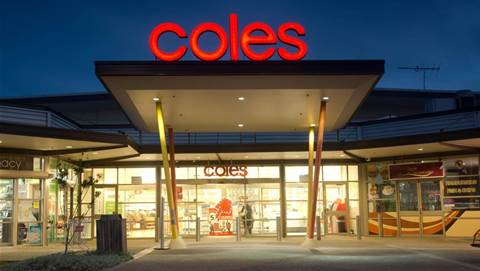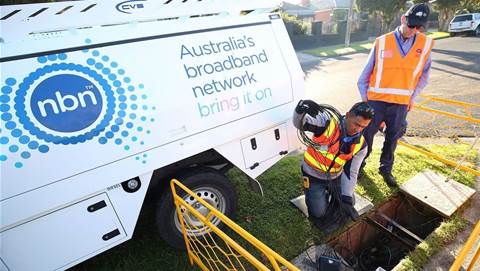Global transaction volumes of in-vehicle payments will exceed 4.7 billion by 2026, up from just 87 million in 2021, representing an extraordinary growth of over 5,300 per cent in the next 5 years.

The figures are contained in a new report from Juniper Research.
In-vehicle payments are those where payments are made via vehicle systems, without requiring the use of a smartphone to process the transaction.
Growth will be driven by increasing industry collaboration and initiatives from vehicle manufacturers, aimed at reducing the high level of fragmentation between different in-vehicle marketplaces.
According to the authors of the report, "Payments vendors will need to quickly develop new capabilities in order to capitalise on this growing opportunity. As a result, we anticipate the rate of acquisitions and partnerships to intensify to meet these urgent requirements."
North America to Dominate
The study, called In-vehicle Payments: Opportunities, Challenges & Market Forecasts 2021-2026, found that North America will have the largest in-vehicle payments share of transactions by volume; accounting for 42 per cent of all transactions globally by 2026. The growth is driven by a large installed base of payment‑enabled vehicles and a high level of partnerships in place. The recent collaboration between industry participants in North America will be beneficial in overcoming fragmentation and incentivising user adoption through rewards and loyalty schemes over the next 5 years.
Fuelling Leads In-vehicle Payment Use Cases
The research found that vehicle fuelling will be the most common use case over the next 5 years; accounting for around 48 per cent of total in-vehicle payment transactions by volume. This growth is being seen as the natural progression for fuel payments, which have evolved from cash to card payments, then to smartphone payments, and now to in-vehicle payments.
The report recommends that stakeholders look beyond fuelling and EV charging to develop additional use cases such as coffee shop and fast food pick-up payments via the vehicle dashboard; using existing infrastructure in developed regions. Enabling voice commerce will be critical in exploring these opportunities, and will require vendors to develop new capabilities.



_(22).jpg&h=140&w=231&c=1&s=0)
_(20).jpg&h=140&w=231&c=1&s=0)




_(26).jpg&w=100&c=1&s=0)

 iTnews Executive Retreat - Security Leaders Edition
iTnews Executive Retreat - Security Leaders Edition












_(1).jpg&h=140&w=231&c=1&s=0)



